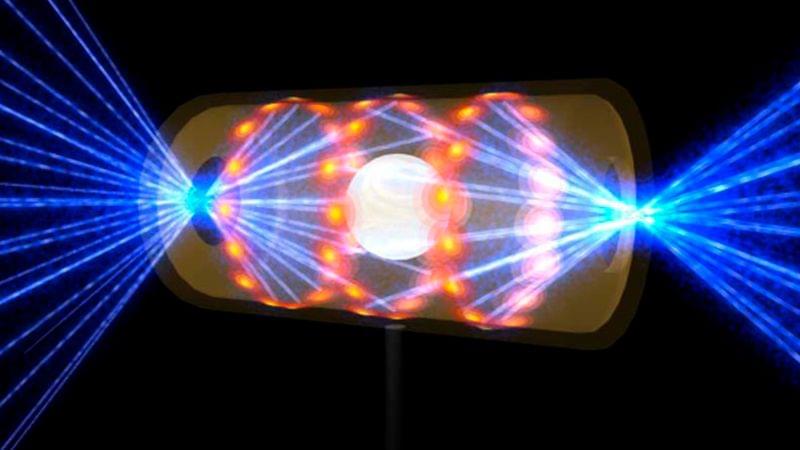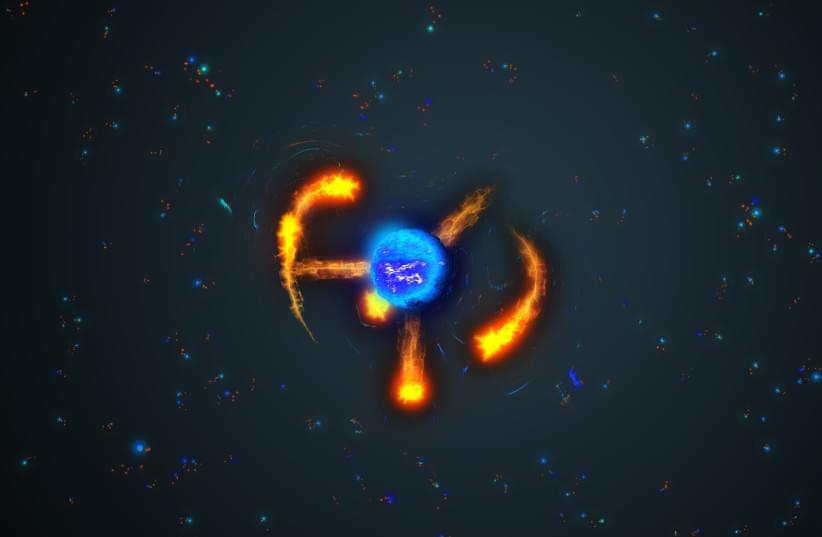The ultralight solar cells are made of semiconducting inks using printing processes that can be scaled in the future to large-area manufacturing.
A group of engineers at MIT have developed a rather interesting solution to be deployed in remote locations or for assistance in emergencies: solar cells made of ultralight fabric that can turn any surface into a power source.
The research is published in Small Methods.
Melanie Gonick, MIT
Thinner than human hair, the durable, flexible solar cells are stuck on a strong, lightweight fabric that makes them very easy to affix to a surface, just like a sticker.





